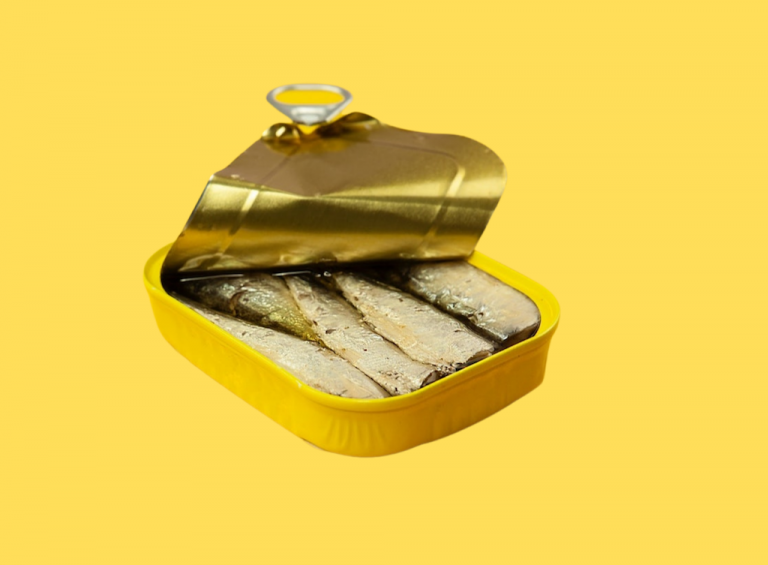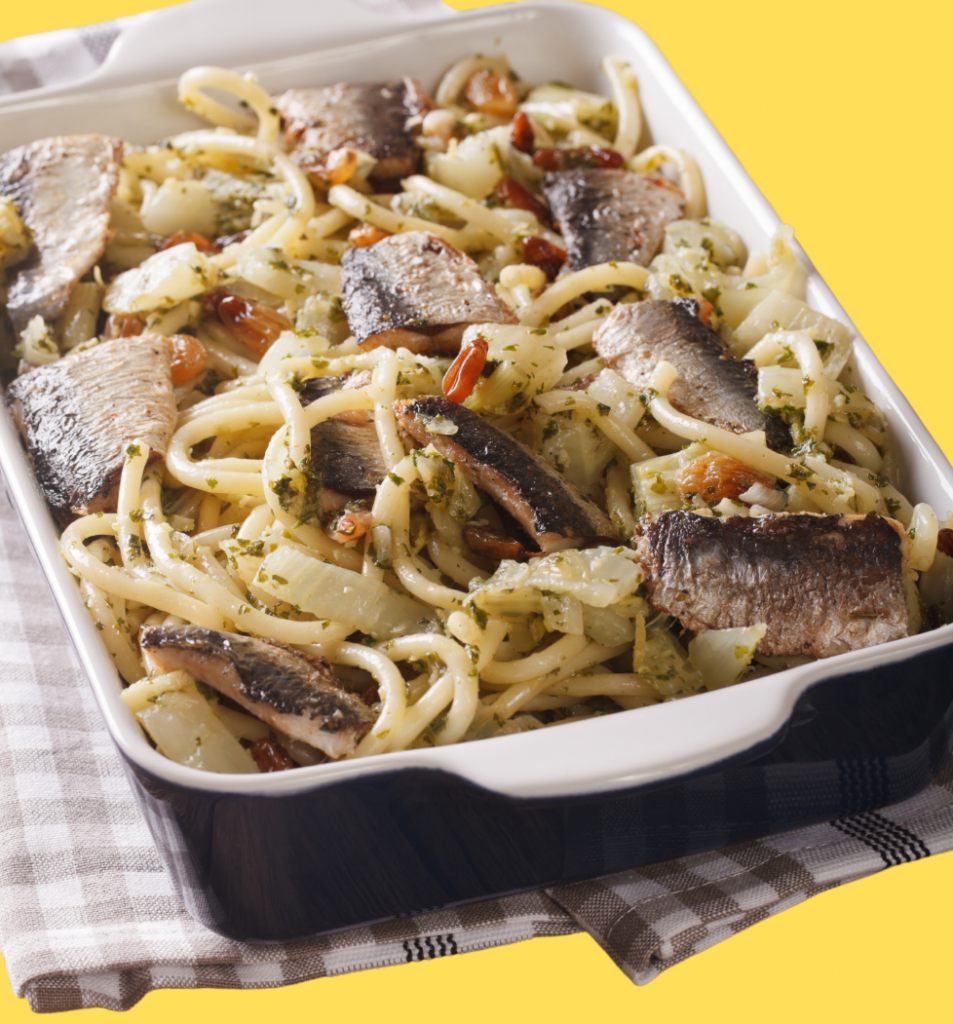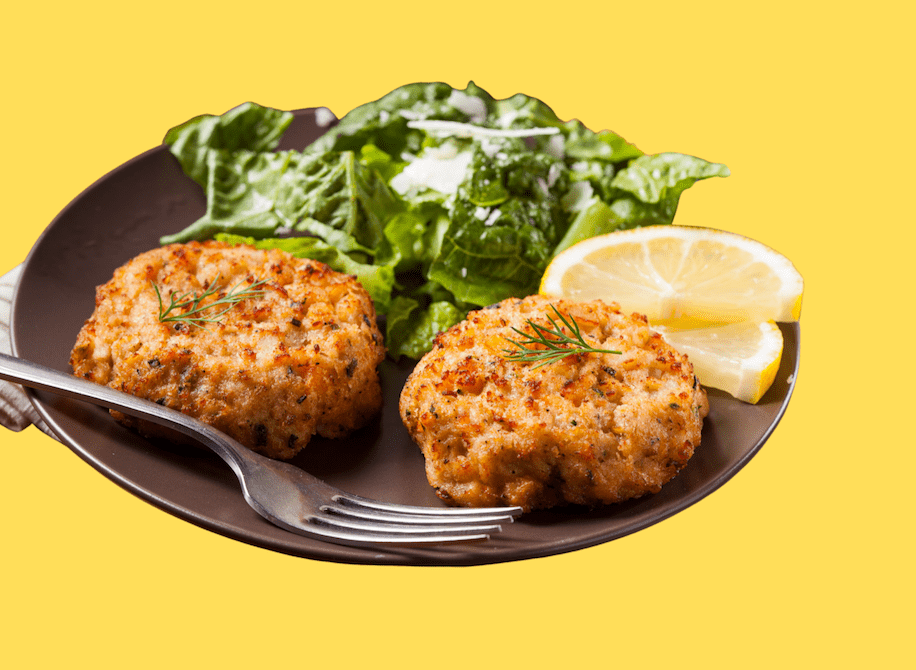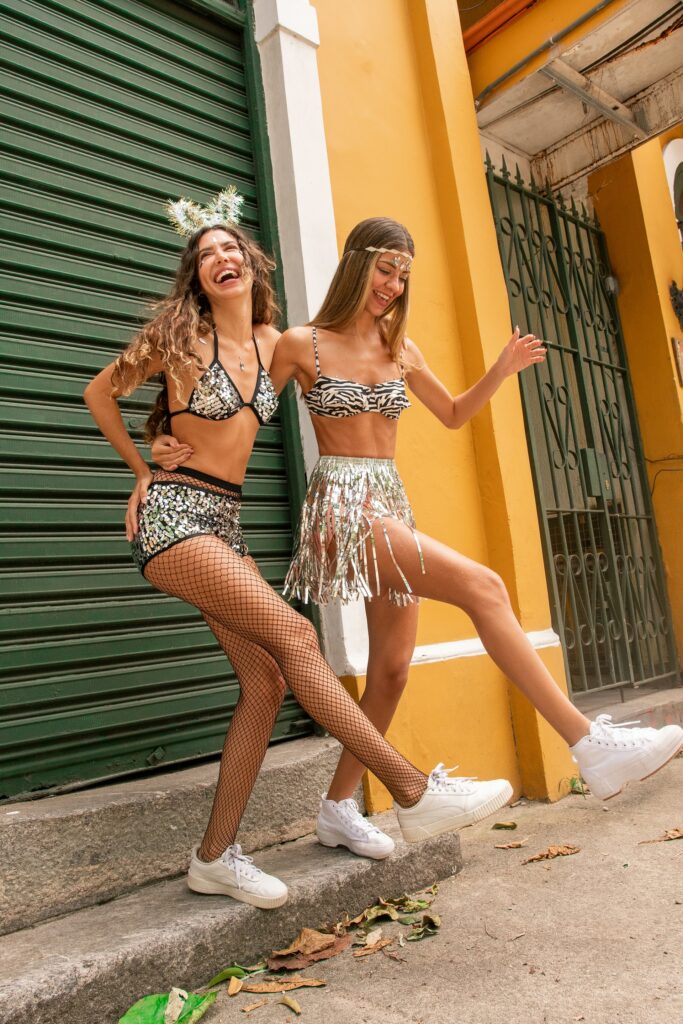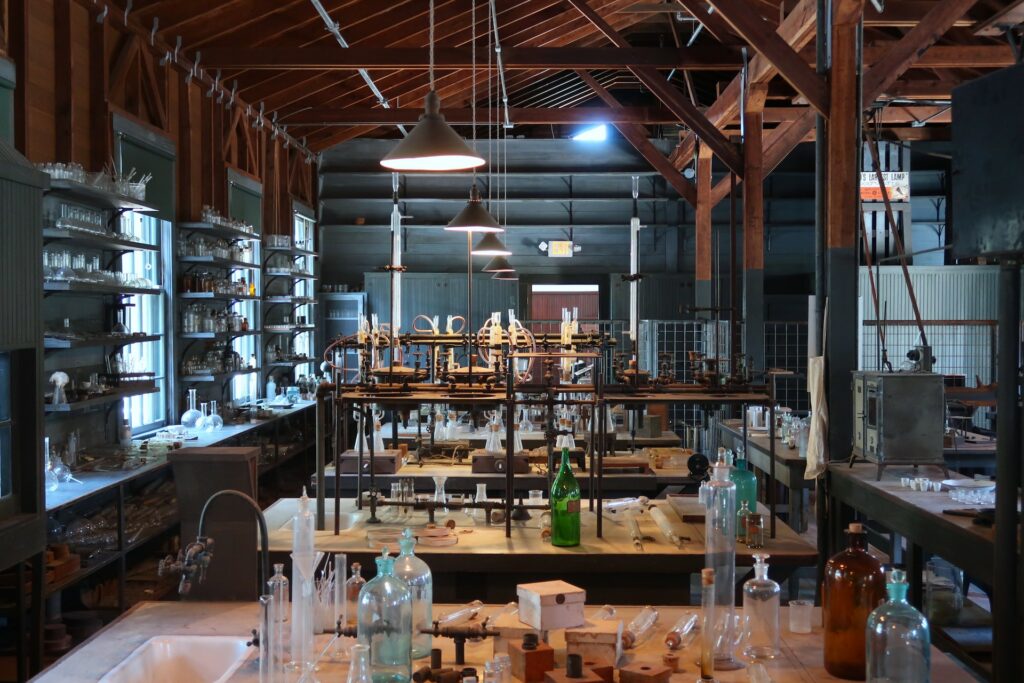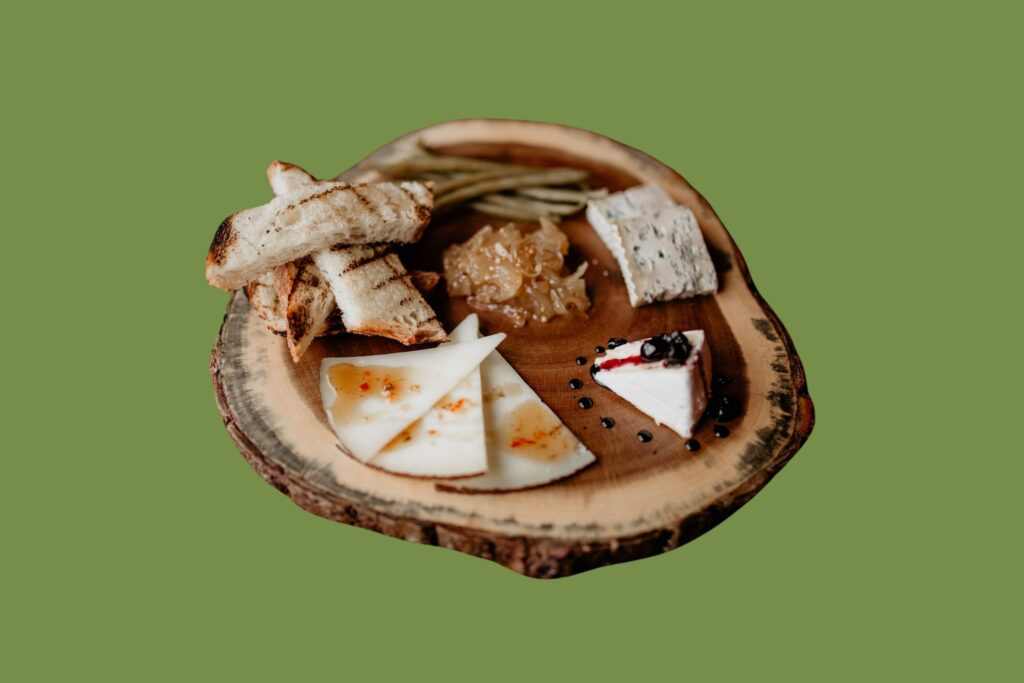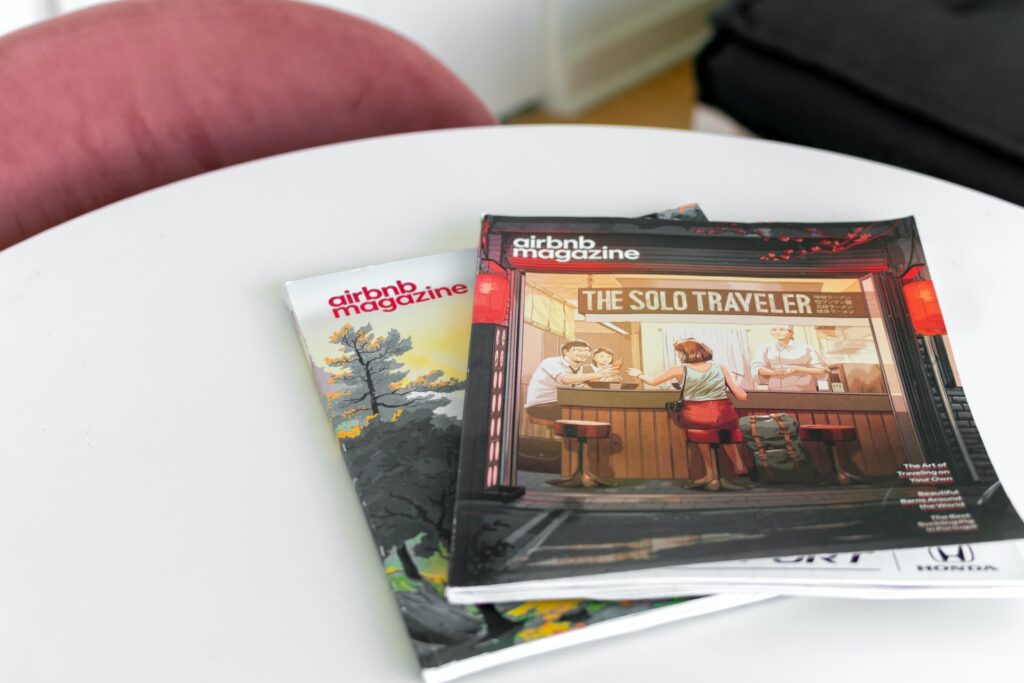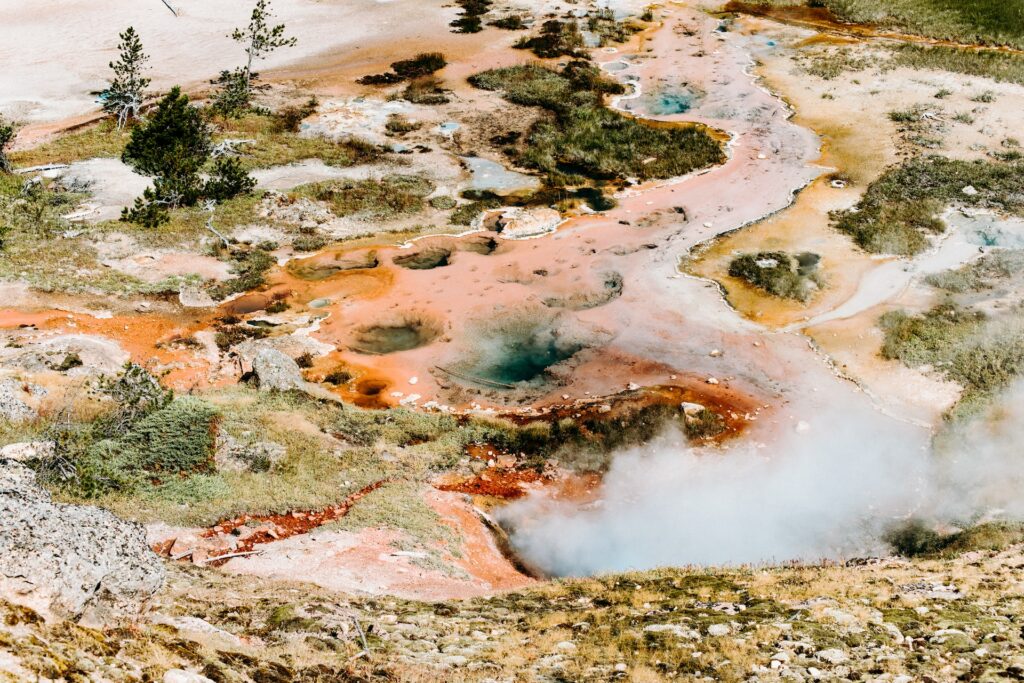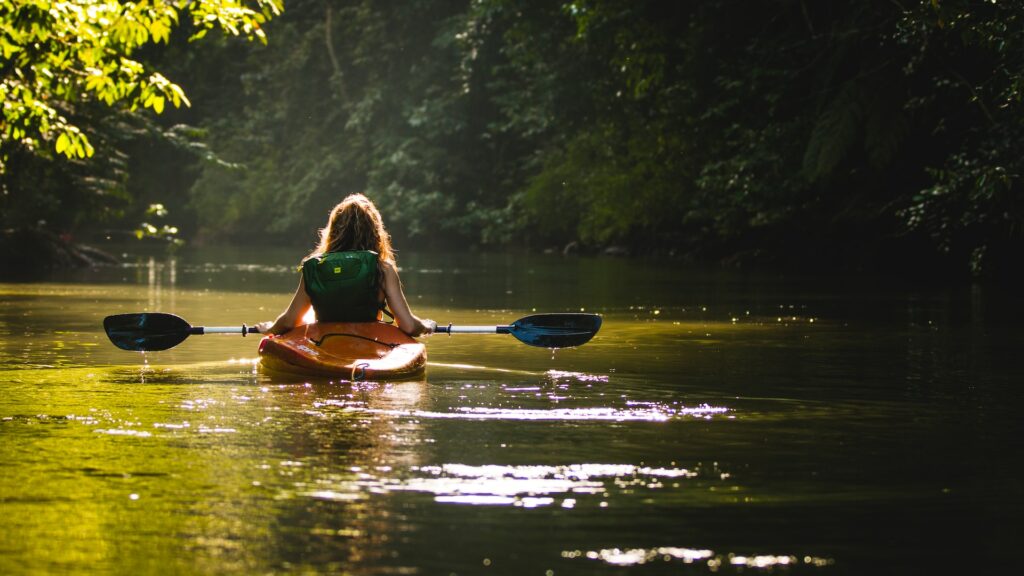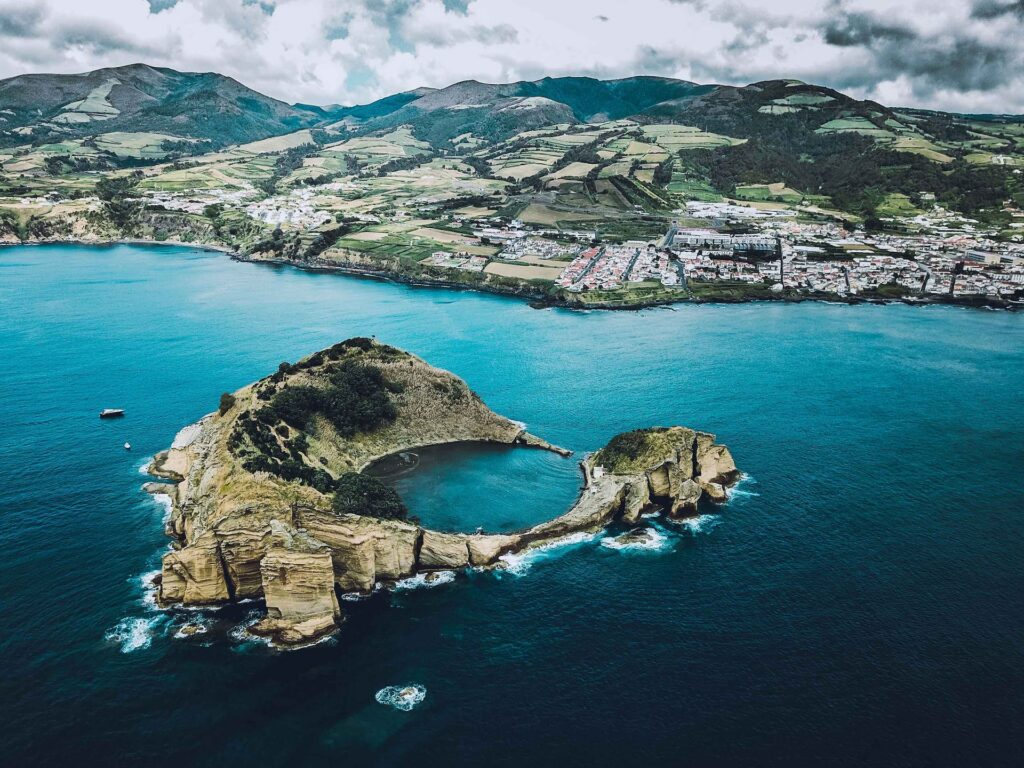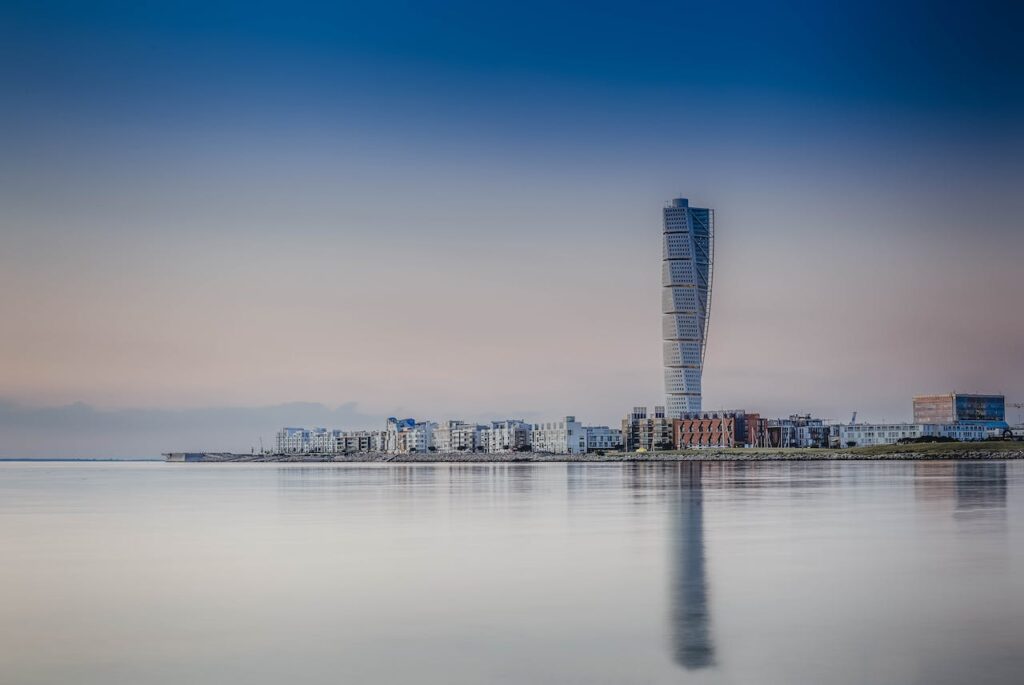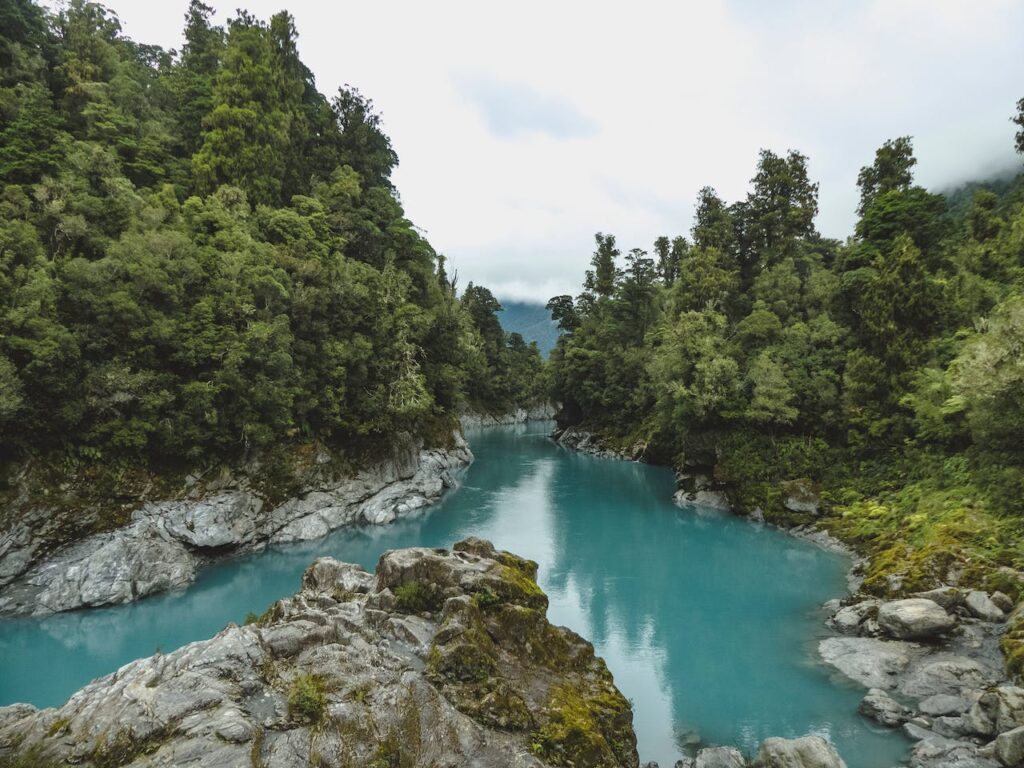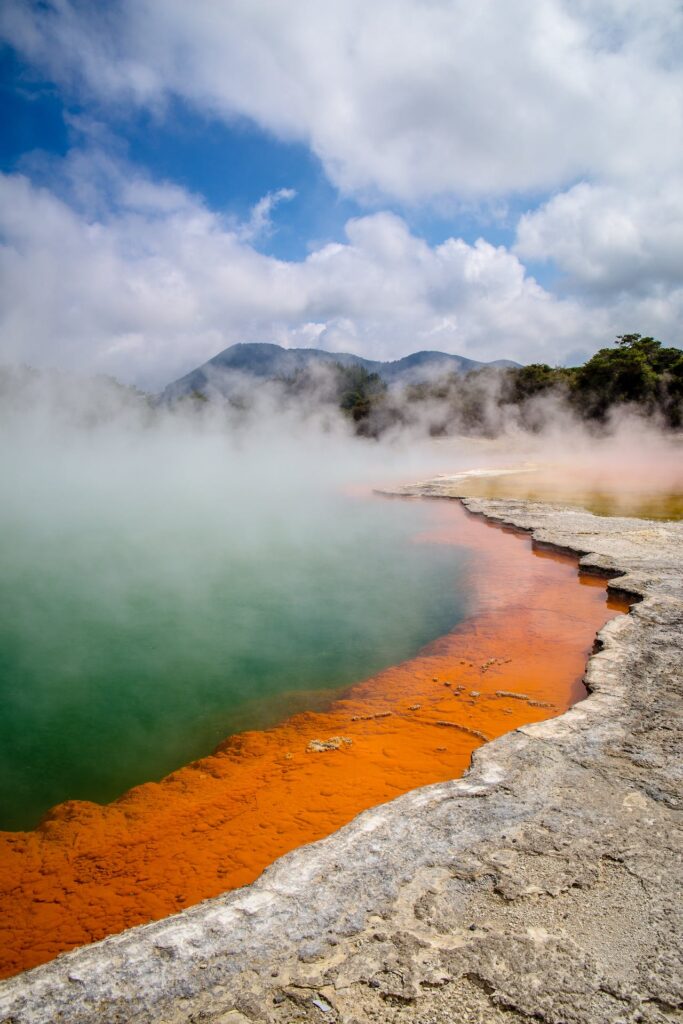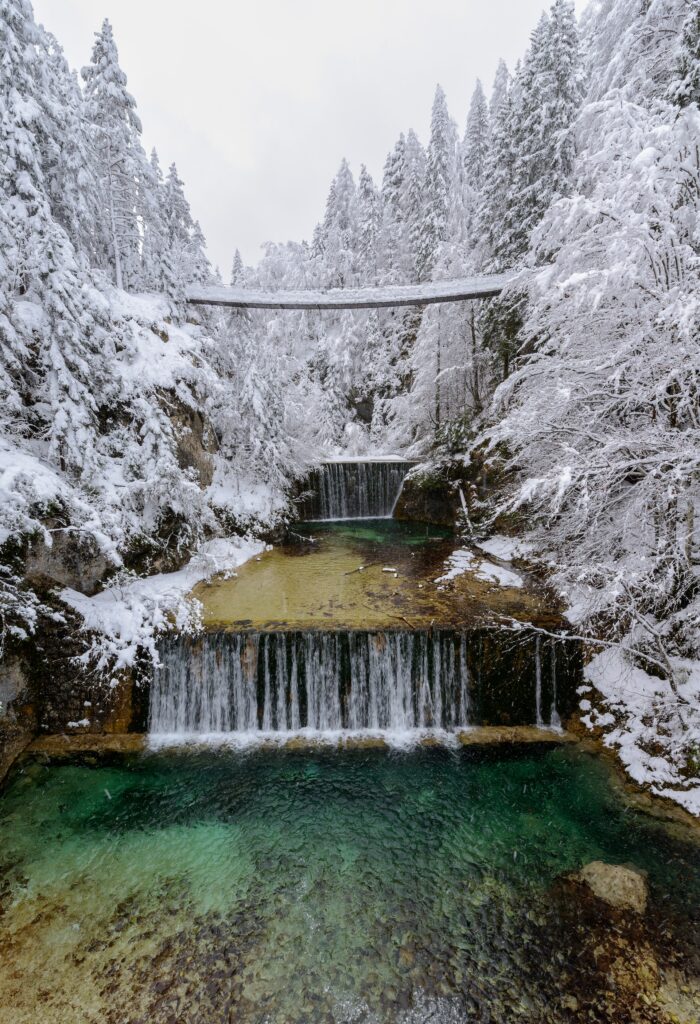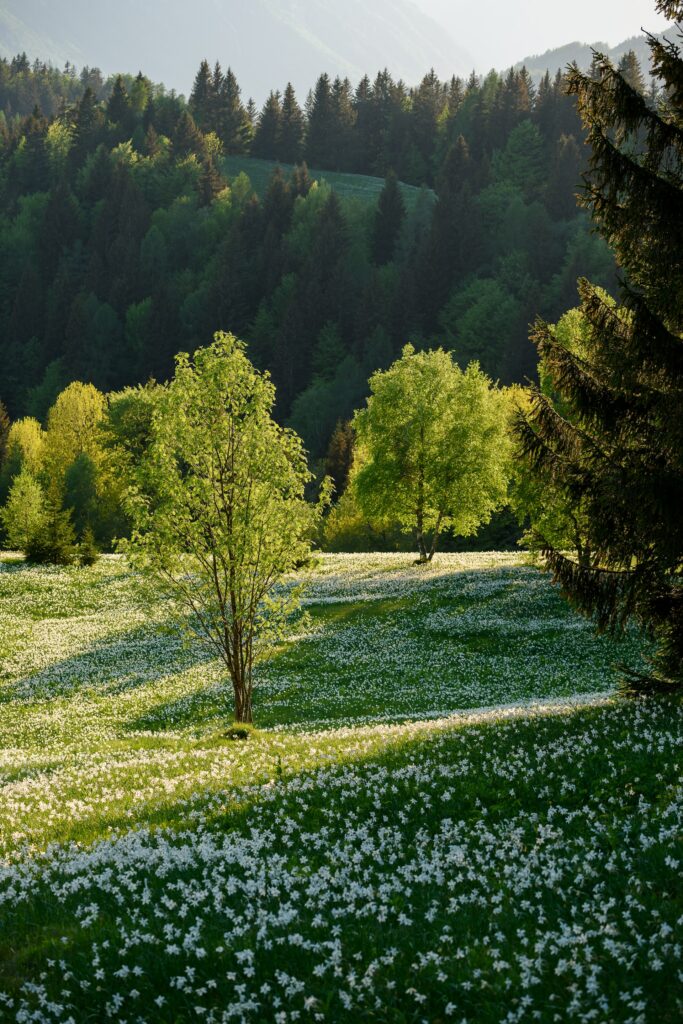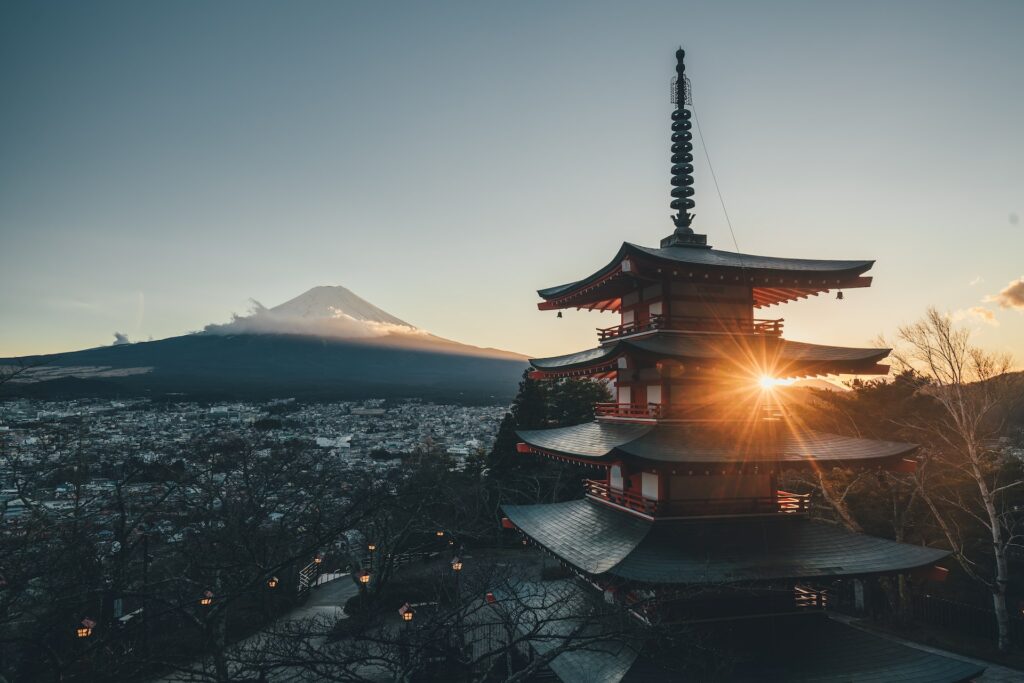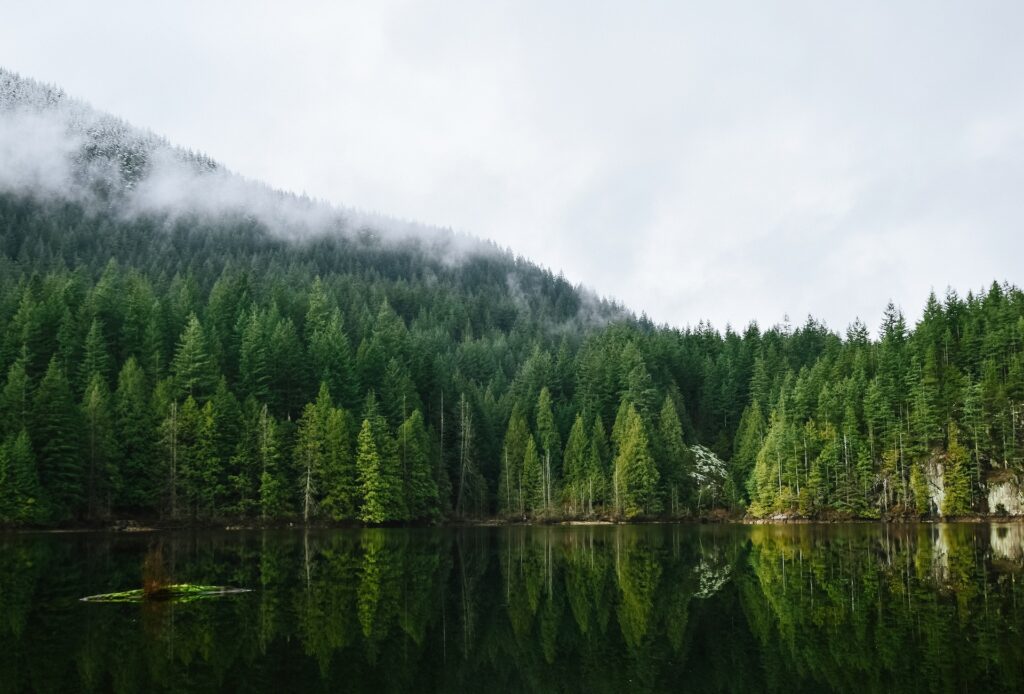Montego Bay, affectionately known as MoBay, is not just the capital of Saint James Parish but also the bustling epicentre of Jamaica’s tourism industry. With its vibrant culture, balmy climate, and postcard-perfect beaches, it’s no wonder that this Caribbean gem is a magnet for holidaymakers from around the globe.
If you’re planning a holiday to this tropical paradise, here’s a curated list of the top things to do in arguably Jamaica’s most beloved tourist highlight, Montego Bay.
Sun, Sea & Serenity On Doctor’s Cave Beach
No trip to (or list about!) Montego Bay is complete without a day spent at Doctor’s Cave Beach. This world-renowned beach is famed for its crystal-clear turquoise waters and nearly 300 metres of immaculate white sand. The beach got its name from a physician who donated his beach property to form a swimming club; the cave was destroyed by a hurricane in 1932, but the club persists.
It’s the perfect spot for swimming, snorkelling, or simply soaking up the sun. The water is believed to have curative powers, so take a dip and perhaps leave feeling rejuvenated. Make sure your holiday villa on your trip to Jamaica is located near here; that’s all we’re saying!
Rafting On The Martha Brae River
For a tranquil escape from the hustle and bustle, consider a rafting trip on the Martha Brae River. Glide down this serene waterway on a 30-foot bamboo raft, steered by a skilled local raftsman. The journey is both peaceful and picturesque, with lush greenery lining the banks and the gentle sounds of nature providing a soothing soundtrack. It’s an idyllic way to spend a few hours, and you can even stop for a swim along the way.
Zip Lining Through The Canopy
For the adventure seekers, zip lining through the lush canopy of Montego Bay’s forests is a must. Several companies offer zip line tours that will have you soaring above the treetops, providing a unique perspective of the island’s stunning landscapes. It’s an exhilarating way to experience the natural beauty of Jamaica while getting an adrenaline rush.


Explore The Rose Hall Great House
Dive into Jamaica’s colonial history with a visit to the Rose Hall Great House. This restored plantation house dates back to the 18th century and is steeped in legend, notably that of the White Witch of Rose Hall, Annee Palmer.
Take a guided tour to learn about the estate’s past, the grandeur of its Georgian architecture, and the chilling tales of its former mistress. For the brave at heart, there are night tours available that focus on the ghostly lore associated with the house.
Sample The Local Cuisine
Jamaican cuisine is a delectable fusion of flavours influenced by various cultures, including African, Indian, and British. In Montego Bay, you’ll find an array of dining options to suit every palate. Be sure to try local specialities like jerk chicken, ackee and saltfish (the national dish), and bammy (a traditional cassava flatbread). For an authentic experience, visit the ‘Hip Strip’ on Gloucester Avenue, where eateries range from casual street food stands to upscale restaurants.
Indeed, Montego Bay’s dining scene is as diverse as its culture. Here’s a condensed list of top dining spots in the city:
- The Pelican Grill: A staple for traditional Jamaican dishes, this family-owned spot on the ‘Hip Strip’ is perfect for a taste of local classics like ackee and saltfish.
- Scotchies: The go-to place for authentic jerk chicken and pork, Scotchies offers a true taste of Jamaica with its smoky, spicy flavours and laid-back vibe.
- Marguerites Seafood by the Sea: For an upscale dining experience, Marguerites serves fresh, locally-sourced seafood with a Caribbean twist, complemented by stunning ocean views.
- The HouseBoat Grill: Dine on a moored boat in the Marine Park, enjoying a menu of international dishes with Jamaican flair in a unique setting.
- Juici Patties: For a quick, budget-friendly bite, grab a traditional Jamaican patty – a flaky pastry filled with spiced meat or vegetables – from this popular fast-food chain.
- Pier 1: Known for its seafood and Jamaican dishes, Pier 1 offers a casual dining experience with beautiful bay views, especially at sunset.
- Sugar Mill: Located at the Half Moon resort, this fine dining restaurant offers a modern take on Jamaican cuisine set in a historic sugar plantation.
These spots range from casual to fine dining, ensuring that every meal in Montego Bay is as memorable as the city’s sunsets.


Take A Catamaran Cruise
Set sail on a catamaran cruise to experience the beauty of Montego Bay from the water. These cruises often include stops for snorkelling in the coral reefs and sometimes even a sunset option for a romantic evening on the sea. With the wind in your sails and the sun setting on the horizon, it’s the perfect way to end a day in paradise.
Visit The Montego Bay Marine Park
Nature lovers will appreciate the Montego Bay Marine Park, Jamaica’s first national marine park. It encompasses protected swimming areas, snorkelling trails, and sections of the island’s stunning coral reefs. The park is dedicated to preserving the local marine life, so it’s a great place to learn about conservation efforts while enjoying the natural beauty of the underwater world.
Shopping At The Local Markets
For those looking to take a piece of Jamaica home, Montego Bay’s local markets offer a variety of souvenirs, crafts, and goods. The Harbour Street Craft & Cultural Village is a bustling marketplace where you can find handcrafted items, artwork, and more. It’s not only a chance to pick up unique mementos but also to interact with local artisans and learn about the island’s rich cultural heritage.
Dive Into Dunn’s River Falls
While not located in Montego Bay itself, Dunn’s River Falls is one of Jamaica’s most famous natural attractions and well worth the day trip. Situated in Ocho Rios, a scenic drive from Montego Bay, these terraced waterfalls cascade 180 metres down into the sea. Join hands with fellow travellers in a human chain as you ascend the natural stone staircase, guided by experienced locals. The refreshing pools along the way provide perfect spots to take a dip and enjoy the lush, tropical surroundings.

Enjoy A Night Of Reggae At Margaritaville
After the sun sets, the Hip Strip comes alive with the pulsating sounds of reggae music. Margaritaville Montego Bay is a nightlife hotspot where you can experience the vibrant party scene that Jamaica is famous for. With its lively atmosphere, themed parties, and beachfront location, it’s the ideal place to dance the night away to some authentic Jamaican beats.
Visit The Ahhh…Ras Natango Gallery & Garden
Escape to the tranquillity of the Ahhh…Ras Natango Gallery and Garden, nestled in the hills overlooking Montego Bay. This family-run attraction is part art gallery, part botanical garden, and offers a peaceful retreat from the more tourist-heavy areas. The gallery showcases the work of local artists, while the gardens are a haven for endemic plants and birds. It’s a cultural and ecological treasure that provides a unique view of Jamaica’s artistic and natural beauty.
Go Horseback Riding On The Beach
For a truly magical experience, horseback riding along the shores of Montego Bay is a must-do. Several local stables offer guided tours that take you from scenic trails to the beach and even into the shallow waters of the Caribbean Sea. It’s suitable for riders of all levels, and there’s nothing quite like the feeling of the tropical breeze and the gentle rhythm of a horse’s gait as you explore the coastline.
Experience The Luminous Lagoon
Just east of Montego Bay, near the town of Falmouth, lies the Luminous Lagoon, a natural wonder that is one of the few places in the world where you can witness bioluminescence.
After sunset, take a boat tour on the lagoon and marvel as the water glows with a blue light, caused by microorganisms that emit a phosphorescent glow when disturbed. Swimming in the lagoon is a surreal experience, as every movement creates an eerie, beautiful light show in the water.

Tee Off At White Witch Golf Course
Golf enthusiasts will relish the opportunity to play a round at the White Witch Golf Course, named after the infamous character from the Rose Hall Great House. The course is renowned for its challenging layout and stunning, panoramic views of the Caribbean Sea. With 18 holes spread across 200 acres of beautiful greenery, it’s a golfer’s paradise that combines sport with spectacular natural scenery. Whether you’re a seasoned pro or a casual player, a day on the greens here is sure to be a highlight of your Montego Bay adventure.
The Bottom Line
Montego Bay is a destination that promises a blend of relaxation, adventure, and cultural enrichment. Whether you’re basking on the sun-drenched beaches, exploring historic sites, or indulging in the local fare, MoBay offers an array of experiences that cater to all types of travellers. So pack your bags, grab your sunscreen, and prepare for an unforgettable Jamaican holiday







